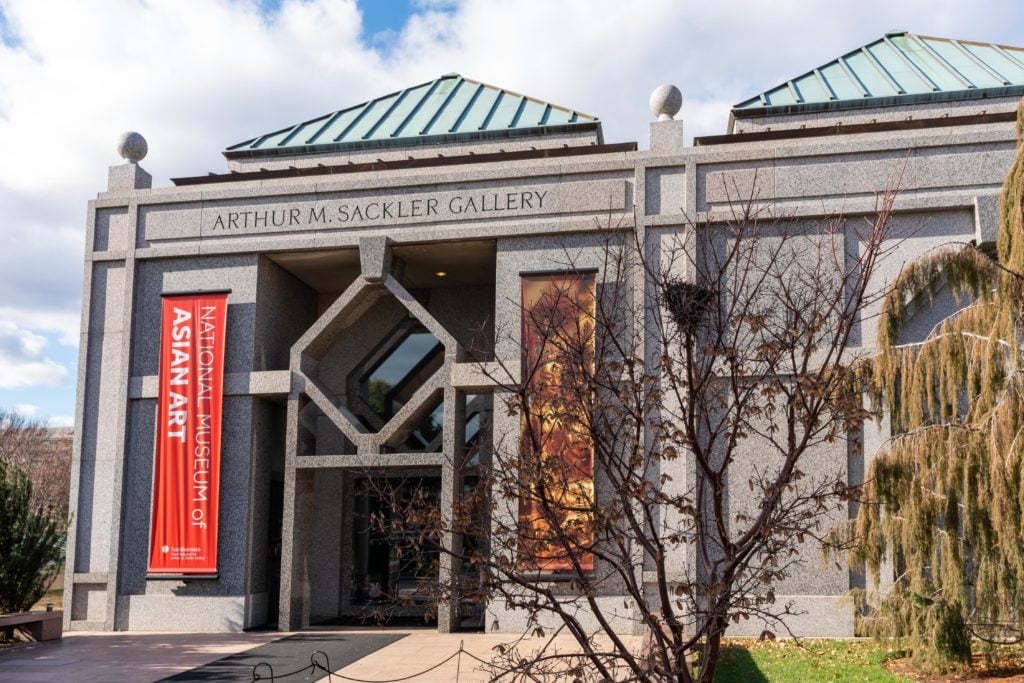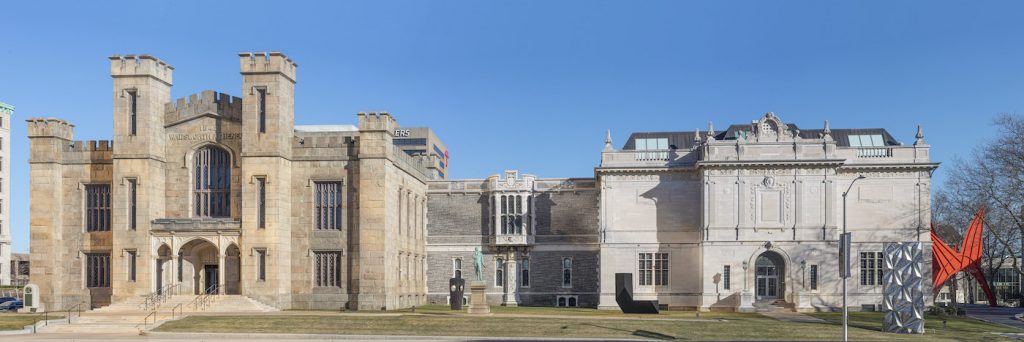Museums & Institutions
A Major Pandemic Spike Is Forcing Museums to Close—Again. But This Time, It’s Because Staffers Are Out Sick
Several Smithsonian museums and the Wadsworth Atheneum are among institutions that have had to close temporarily.

Several Smithsonian museums and the Wadsworth Atheneum are among institutions that have had to close temporarily.

Sarah Cascone

Museums across the U.S. are once again grappling with whether to close their doors due to the pandemic—but the calculus is different this time.
Due to the sheer volume of COVID-19 cases caused by the new Omicron variant, some institutions are finding it difficult continue to operate with so many people simultaneously out sick, or quarantining due to exposure.
Over the weekend, the Wadsworth Atheneum Museum of Art in Hartford, Connecticut, closed “due to staffing shortages and COVID-19 concerns,” the institution wrote on Twitter. It will resume its normal Thursday through Sunday operations later this week.
It is not alone. The National Museum of Natural History in Washington, D.C., was one of five Smithsonian museums that last week announced temporary closures to reallocate remaining staff to other institutions. With a large percentage of visitor services staff unable to report to work, admission lines had ballooned to an hour long before the decision was made to close, according to the New York Times.
The National Museum of African Art, the National Postal Museum, the Anacostia Community Museum, and the National Museum of Asian Art were closed over the weekend, with a planned Monday reopening delayed due to snow.
Two of those closures have now been extended: The African Art Museum will now reopen January 8, and the Anacostia on January 18. The Natural History Museum is slated to resume operations on Wednesday.
Five of the Smithsonian’s 21 museums will also offer reduced visiting hours, closing for two days later this month.

The Wadsworth Atheneum Museum of Art. Photo courtesy of the Wadsworth Atheneum Museum of Art.
In New York, the New York Public Library has temporarily closed “Treasures,” the institution’s first exhibition of works from its permanent collection, through January 13 due to staff shortages.
Other institutions have managed to stay open despite a diminished workforce.
At the Getty Museum in Los Angeles, “we had to close a few galleries and shop areas intermittently, but otherwise [had] no major impacts,” a spokesperson told Artnet News.
“Like other museums, we are seeing more staff than usual out, but we are still able to cover those outages with current staff members,” a Museum of Fine Arts, Houston spokesperson said.
The Metropolitan Museum of Art in New York experienced a similar dynamic. “Over the past two weeks, we have been able to navigate through some absences,” Ken Weine, the vice president external affairs, told Artnet News. “We are very proud to have been able to keep the museum open.”
The Met reintroduced capacity limits on December 21, and also closed dining facilities.

The Metropolitan Museum of Art. Photo by G. Scott Segler, Creative Commons Attribution-Share Alike 4.0 International license.
But smaller institutions seem to be having a harder time keeping the lights on.
Milwaukee’s Betty Brinn Children’s Museum has been closed since December 27 “due to staffing challenges related to the Omicron variant” and will reopen on January 5, according to an announcement on its website.
The Burchfield Penney Art Center in Buffalo, New York, closed January 1 with a tentative reopening date of January 20. But unlike others, the museum was looking at overall infection numbers.
“The difficult decision to close is because of Western New York region’s seven-day average of cases per population of 100,000 earlier this week, the fourth-highest number of New York regions,” interim director Scott Propeack said in a statement. “The safety of staff and visitors must always come first.”